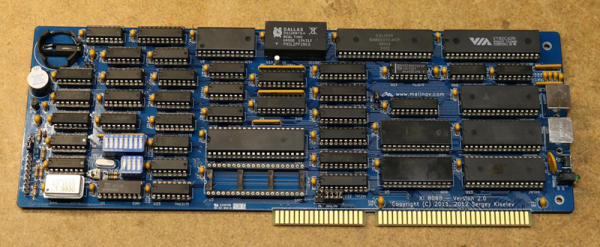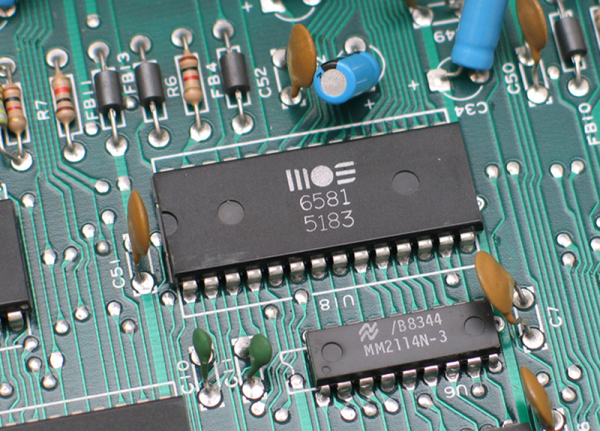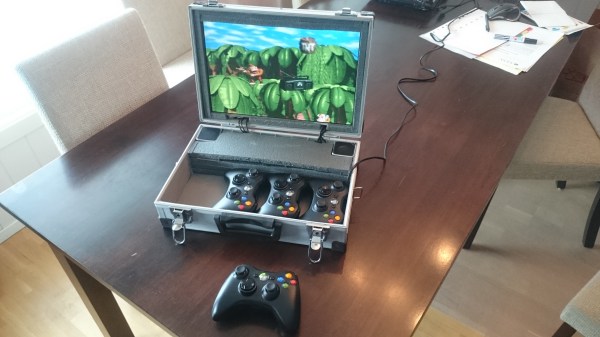You don’t need fancy ICs and DACs to build a sound card for a PC. As [serdef]’s build over on hackaday.io shows, all you really need is a bunch of resistors. [serdef] built a clone of a sound card released for PC in the 80s, but with a few improvements. This mess of resistors features the best 8-bit sound you can get with a low-pass filter, volume divider, and a handy DB-25 connector.
The design of this LPT0 sound card is pretty much the same as when it was introduced to the world as the Covox Speech Thing. This ‘sound card’ was designed to clip onto the parallel port of a computer and send the 8-bit I/O of this port through a resistor ladder. Plug a pair of speakers into this thing, and you have a sound card that is completely made out of resistors. It was cheap, and in the demoscene it was popular.
There are a lot of amazing demos out there using this resistor DAC thing, and [serdef] has videos of his project playing a lot of them. You can check that out below.


















